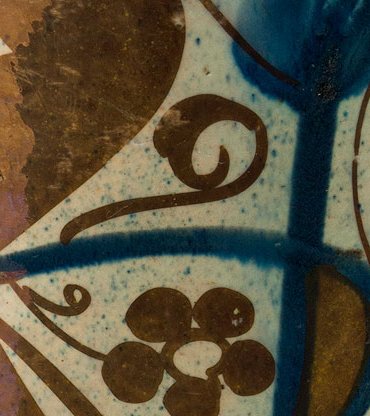This exhibition displays MIA’s miniature paintings and calligraphic compositions that were once part of Safavid and Mughal-era albums. The term “album” is a translation of the Arabic and Persian word muraqqa’, which denotes an object that has been patched together.
Often used as a metaphor for the patchwork of the heavens or the constellations or referring to the patched cloak of the wandering dervish, this term encapsulates the sophisticated juxtapositions of calligraphy and painting compiled and bound into volumes between the 15th and 19th centuries, also called muraqqa,’ the dispersed pages of which are on display here. The culture of connoisseurship and collecting at the royal courts of the early modern Islamic world can be partially reconstructed by examining the methods by which these albums were compiled.
The careful selection of calligraphy and illustration, the connoisseur’s appreciation of the interplay between word and image, colour and composition, and the recognition of the hands of particular artists shed a great deal of light on the artistic cultures of the Safavid and Mughal courts.
The commissioning and compilation of albums also demonstrate how art reinforces political and cultural legitimacy. The royal collecting practice of compiling albums travelled from the Timurid court in Herat to Safavid Iran and then to the Mughals in India, where the British also later adopted the practice of creating albums of paintings. As a result of their importance to the history of Islamic art and their distinguished origins, these dispersed album pages are a valuable part of MIA’s collection.
